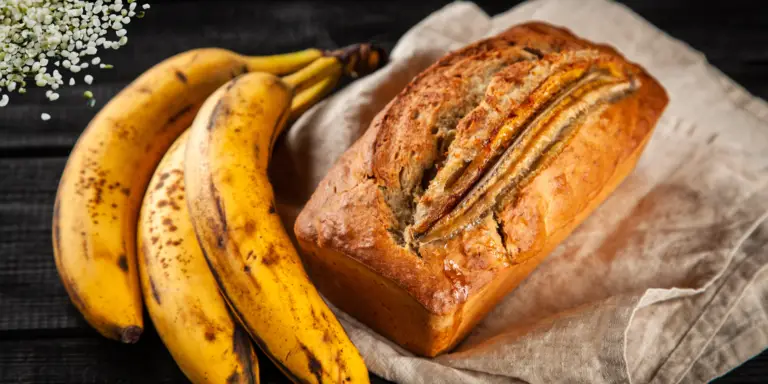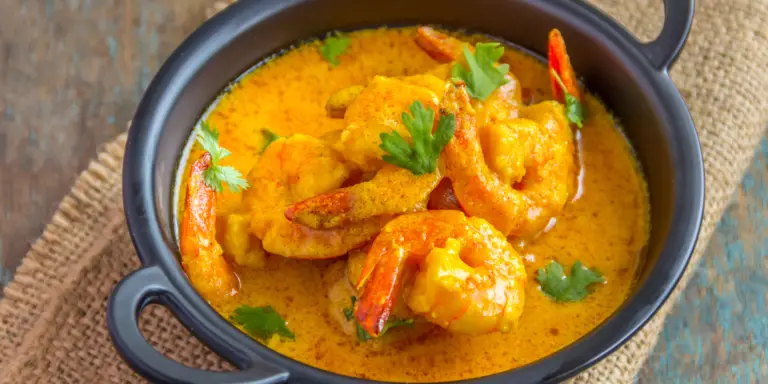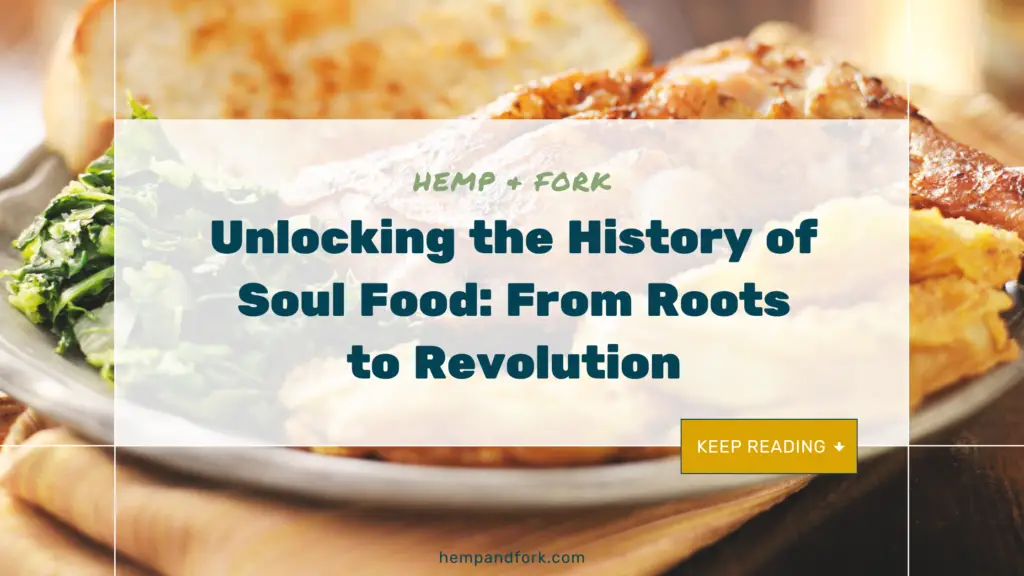
Soul food, a term that resonates deeply within the African-American community, is more than just a cuisine. It’s a testament to resilience, creativity, and the unyielding spirit of a people. Rooted in African traditions, adapted under the harsh conditions of enslavement, and later influenced by urban environments, soul food has become a significant part of American culture.
Origins of Soul Food
When you think of African American soul food, your senses spring to life. Fried chicken, cornbread, sweet potato pie, pig’s feet, and collard greens all come to mind when you think of soul food. Did you know there are also healthier soul food dishes? Soul food has a long and illustrious history, and it is steeped in a distinct culture that dates back to the 1620s when the first African slaves were brought to what would become the United States.
African Roots and Influence
Before diving into the American history of soul food, it’s essential to trace its origins back to the vast and diverse continent of Africa.
- West African Influence: Dishes like jollof rice, fufu, and egusi soup laid the foundation for many meals we now associate with soul food. These dishes, rich in flavors and textures, were staples in many West African diets.
- Central and East African Influence: Here, dishes were often centered around grains like millet and sorghum, and meats were stewed in rich, flavorful sauces.
“Soul food tells a story, the story of American History, a story that begins in 1619.”
The transatlantic slave trade brought millions of Africans to the shores of America. Stripped of their freedom but holding onto their culture, these Africans began the process of adapting their traditional dishes to the New World.
Enslavement and Culinary Adaptation
Life in bondage was harsh, and enslaved Africans were often given the least desirable cuts of meat and meager rations of cornmeal. Yet, with remarkable ingenuity, they transformed these ingredients into culinary masterpieces.
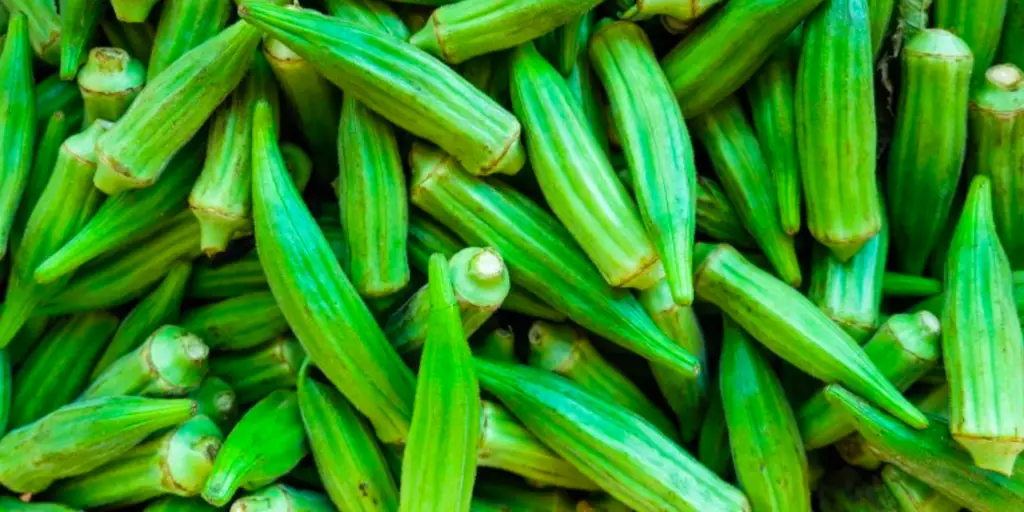
- Making Do with What Was Available: Enslaved Africans were often given cuts of meat like ham hocks and pig’s feet, considered undesirable by their enslavers. They learned to slow-cook these cuts, extracting flavors and tenderizing the meat, leading to dishes that are now soul food staples.
- Vegetables and Legumes: Collard greens, okra, black-eyed peas, and sweet potatoes became central to the soul food diet. These were often seasoned with the remnants of meat dishes, creating a fusion of flavors that were both nutritious and delicious.
- Iconic Dishes: From this period of adaptation came dishes like fried chicken, cornbread, and cobbler. These meals, born out of necessity and limited resources, are now celebrated as iconic soul food dishes.
Evolution and History of Soul Food Over the Centuries
The Great Migration and Urban Influence
The 20th century saw a significant shift in the African-American population, with millions moving from the rural South to northern cities in what’s known as the Great Migration. This movement brought about significant changes in the soul food landscape.
- Urban Adaptations: In bustling cities, soul food had to adapt. Dishes became more varied, incorporating ingredients available in urban markets. This period saw the rise of dishes like mac and cheese and the evolution of others, like greens seasoned with smoked turkey instead of the traditional pork.
- Soul Food Restaurants: As African-Americans settled in northern cities, they brought their culinary traditions with them. Soon, soul food restaurants began to appear, serving as community hubs and introducing soul food to a broader audience.
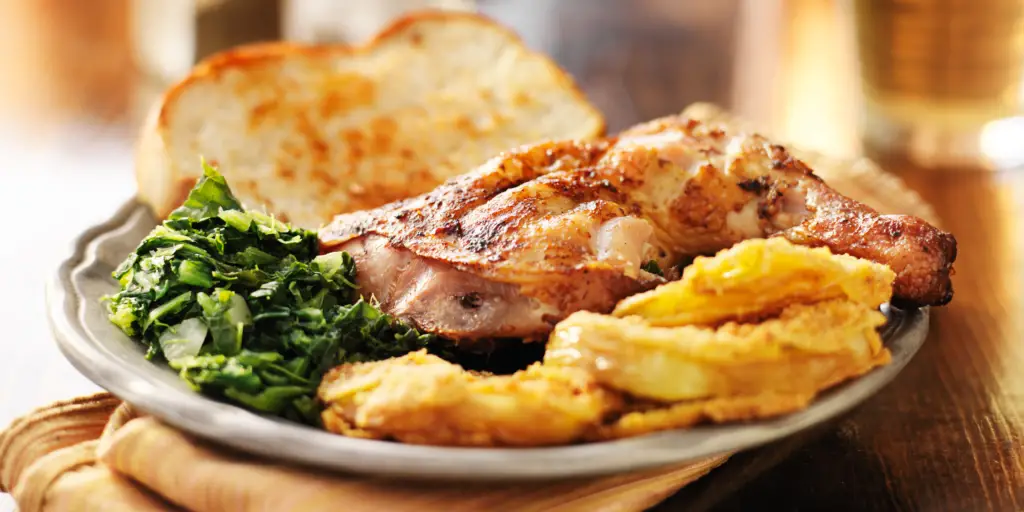
Soul Food and Black Culture
Soul food and black culture are deeply intertwined, each influencing and reflecting the other.
- Music and Food: Just as soul music narrates the African-American experience, soul food tells a similar story on a plate. The rhythms of soul and jazz often echoed in the bustling kitchens of the best soul food restaurants, putting the soul in soul food.
- Special Occasions: Whether it’s a Sunday dinner after church, a family reunion, or celebrating milestones, soul food cooking is often at the center of black family gatherings. Dishes like peach cobbler, fried chicken, and collard greens are not just meals; they’re memories, traditions, and a taste of home.
Modern Interpretations and Variations on Soul Food Cuisine
As with any cuisine deeply rooted in history, soul food has seen its fair share of evolution, especially in recent years. The modern era, with its emphasis on health and global culinary influences, has brought about exciting variations to traditional soul food recipes.
Vegan Soul and Healthier Alternatives
The global rise in veganism and a focus on health-conscious choices has inevitably influenced soul food.
- Vegan Soul Food Dishes: Traditional dishes have been reimagined with plant-based ingredients. Think vegan fried ‘chicken’ made from jackfruit or seitan and collard greens seasoned without meat.
- Adapting Traditional Recipes: Health concerns, such as hypertension and diabetes, prevalent in the African-American community, have led to adaptations in traditional recipes. Less salt, baked instead of fried options, and the use of whole grains are some of the changes embraced by modern cooks. For more ideas on incorporating nutrient-rich ingredients, you can explore this post about cooking with hemp hearts.
Upscale Soul Food and Gourmet Variations
The culinary world’s ever-evolving landscape has seen soul food entering upscale restaurants and gourmet kitchens.
- Reimagining Classic Dishes: Renowned chefs are giving a gourmet twist to classic soul food dishes. Imagine gourmet shrimp and grits with a white wine reduction or braised short ribs with a side of truffle-infused mac and cheese.
- Influence on Contemporary American Cuisine: Soul food elements are now commonly found fused with other cuisines. It’s not rare to find a soul food-inspired dish on a menu alongside French or Italian classics.
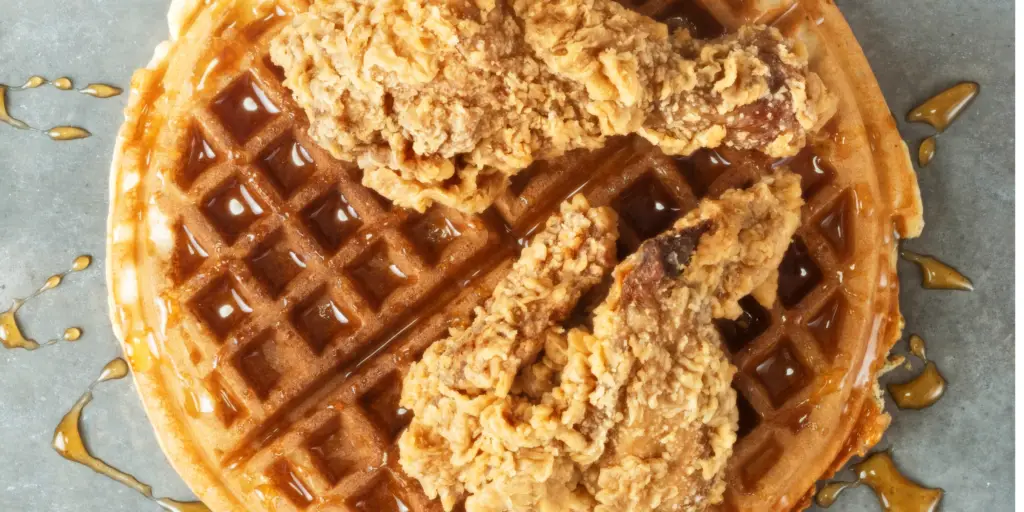
The Legacy and Future of Southern Food
Soul food, with its rich history and cultural significance, continues to leave an indelible mark on the culinary world. Its legacy is evident, and its future looks promising.
Soul Food vs. Southern Food
While often used interchangeably, soul food and southern food have distinct differences, though they share many similarities.
- Differences and Similarities: While both cuisines have roots in the American South, soul food traditionally emphasizes the dishes and techniques brought and developed by African-Americans. Southern food, on the other hand, encompasses a broader range of dishes influenced by various cultures, including European settlers.
- Influence on Each Other: Over the years, these two cuisines have inevitably influenced each other. Dishes like fried chicken and cornbread are staples in both, but their preparation or accompanying dishes might vary.
Celebrating National Soul Food Month
June is National Soul Food Month, a time dedicated to celebrating this rich and flavorful cuisine.
- Significance: This month serves as a reminder of the culinary traditions passed down through generations and the importance of preserving and celebrating them.
- Popular Events and Traditions: From soul food cook-offs to community potlucks, various events celebrate the essence of soul food. It’s a time for families to come together, share stories, and, of course, enjoy delicious food.
The Global Influence of Soul Food Dishes
As the world becomes more interconnected, the influence of soul food has expanded beyond the borders of the United States. Its rich flavors, heartwarming dishes, and deep-rooted history have found admirers in various corners of the globe.
Soul Food Goes International
- Fusion Dishes: From soul food sushi rolls in Japan to African-American-inspired poutines in Canada, chefs worldwide are blending soul food with their local cuisines, creating unique and delightful fusion dishes.
- International Soul Food Restaurants: Major cities from London to Sydney now boast soul food restaurants, introducing locals to the flavors of collard greens, black-eyed peas, and fried chicken.
The Universal Appeal of Comfort Food
At its core, soul food is comfort food. And every culture has its version of dishes that warm the heart and soothe the soul.
- Shared Sentiments: Whether it’s the Italian lasagna, Indian biryani, or the African-American gumbo, these dishes, though different in ingredients and preparation, evoke similar feelings of nostalgia, family, and home.
- A Culinary Hug: In times of distress or celebration, people across cultures turn to their version of comfort food. Soul food, with its hearty dishes and rich flavors, offers a culinary hug, making it universally appealing.
Preserving the Essence while Embracing Change
The journey of soul food, from the fields of the American South to upscale restaurants in New York and beyond, is a testament to its adaptability and timeless appeal. But as it evolves, there’s a conscious effort to preserve its essence.
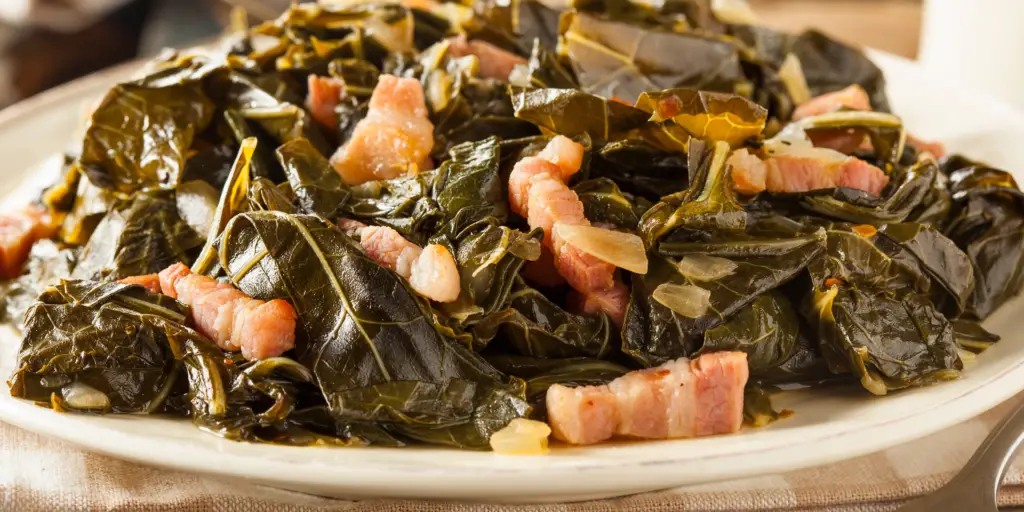
Documenting and Passing Down Traditions
- Cookbooks and Family Recipes: Many families have taken it upon themselves to document traditional recipes, ensuring they’re passed down to future generations. Additionally, numerous cookbooks are dedicated to authentic soul food recipes, preserving them for posterity.
- Culinary Schools and Courses: Recognizing the significance of soul food in the culinary world, several institutions offer courses dedicated to mastering this cuisine, ensuring that it continues to thrive and evolve.
The Sustainability Aspect
Modern soul food enthusiasts are also conscious of sustainability. There’s a growing emphasis on sourcing local ingredients, reducing waste, and ensuring that the cuisine remains environmentally friendly.
- Farm-to-Table Movement: Many soul food restaurants now emphasize the farm-to-table approach, ensuring fresh, local, and sustainable ingredients.
- Vegan and Vegetarian Adaptations: Recognizing the environmental impact of meat consumption, many chefs and home cooks are creating vegan and vegetarian versions of classic soul food dishes without compromising on flavor.
FAQ
Conclusion
Soul food, a cuisine born out of adversity, resilience, and creativity, continues to capture hearts and palates worldwide. Its journey from humble beginnings to global recognition is a testament to its rich history, cultural significance, and sheer deliciousness. As we look to the future, one thing is certain: Soul food will continue to evolve, adapt, and enchant, all while staying true to its roots.

